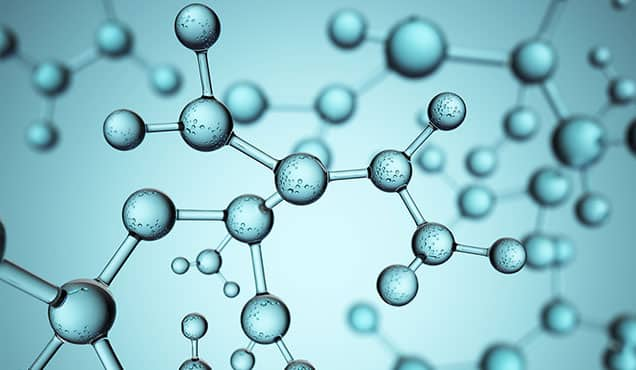In the realm of material science and chemical engineering, dispersing agents play a pivotal role in enhancing the stability and performance of various formulations. Whether in paints, coatings, inks, or pharmaceuticals, the effective use of dispersing agents can significantly influence the quality and functionality of the final product. This article delves into the intricacies of how to make a dispersing agent, exploring the underlying principles, formulation techniques, and practical applications.
Understanding Dispersing Agents
Dispersing agents, also known as dispersants or surfactants, are substances that facilitate the uniform distribution of solid particles within a liquid medium. They work by reducing the inter-particle forces, thereby preventing agglomeration and settling. The effectiveness of a dispersing agent is determined by its ability to stabilize the dispersion, which is influenced by factors such as particle size, concentration, and the nature of the dispersing medium.
Key Components of a Dispersing Agent
- Surfactants: These are the primary active ingredients in dispersing agents. They can be anionic, cationic, nonionic, or amphoteric, each offering unique properties that affect the dispersion process. Anionic surfactants, for instance, are effective in stabilizing negatively charged particles, while cationic surfactants are suitable for positively charged systems.
- Polymeric Stabilizers: These are high molecular weight compounds that provide steric stabilization to the dispersion. They create a protective layer around the particles, preventing them from coming into close contact and aggregating.
- Solvents: The choice of solvent is crucial, as it affects the solubility and dispersion of the active ingredients. Common solvents include water, alcohols, and organic solvents, depending on the application requirements.
Formulating a Dispersing Agent
Creating an effective dispersing agent involves a systematic approach that considers the specific application and desired properties. Here’s a step-by-step guide to formulating a dispersing agent:
Step 1: Define the Application
Identify the end-use of the dispersing agent. Different applications may require varying properties, such as viscosity, stability, and compatibility with other components. For instance, a dispersing agent for water-based paints will differ significantly from one used in oil-based formulations.
Step 2: Select the Active Ingredients
Choose the appropriate surfactants and polymeric stabilizers based on the nature of the particles to be dispersed. Conduct preliminary tests to evaluate the compatibility of these ingredients with the intended medium.
Step 3: Optimize Concentration
Determine the optimal concentration of each component. This can be achieved through a series of experiments where different ratios are tested to find the most effective combination that provides the desired stability and performance.
Step 4: Mixing Process
Utilize suitable mixing techniques to ensure uniform distribution of the components. High-shear mixers, homogenizers, or ultrasonic processors can be employed to achieve a fine dispersion. The mixing process should be carefully controlled to avoid introducing air bubbles, which can compromise the stability of the dispersion.
Step 5: Characterization and Testing
Once the dispersing agent is formulated, it is essential to characterize its properties. This includes assessing viscosity, particle size distribution, and stability over time. Conduct stability tests under various conditions (temperature, pH, etc.) to ensure the dispersing agent performs effectively in real-world applications.
Practical Applications of Dispersing Agents
Dispersing agents find applications across various industries, including:
- Paints and Coatings: They enhance the stability of pigment dispersions, improving color consistency and application properties.
- Inks: In the printing industry, dispersing agents ensure uniform pigment distribution, leading to better print quality.
- Pharmaceuticals: In drug formulations, dispersing agents improve the bioavailability of poorly soluble drugs by enhancing their dispersion in the gastrointestinal tract.
- Cosmetics: They stabilize emulsions and suspensions, ensuring a smooth application and consistent product performance.
Conclusion
The formulation of a dispersing agent is a complex yet rewarding process that requires a deep understanding of the materials involved and their interactions. By following the outlined steps and considering the specific requirements of the application, manufacturers can create effective dispersing agents that enhance product performance and stability. As industries continue to evolve, the demand for innovative dispersing solutions will only grow, making this knowledge invaluable for professionals in the field.


